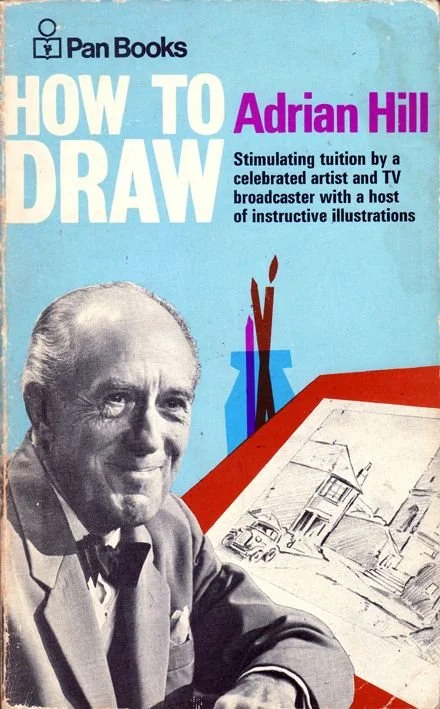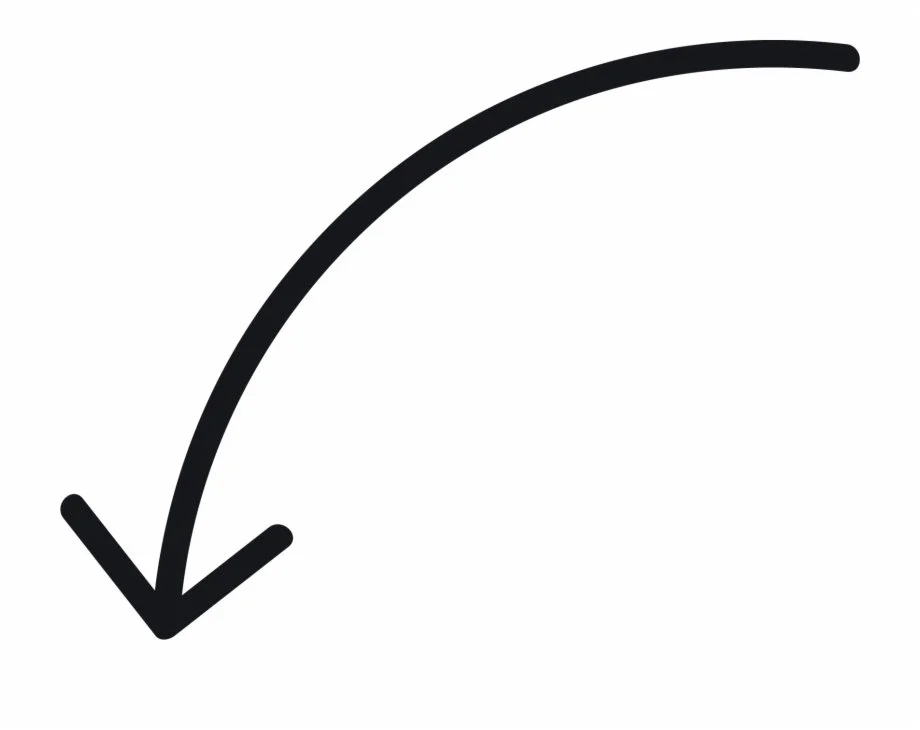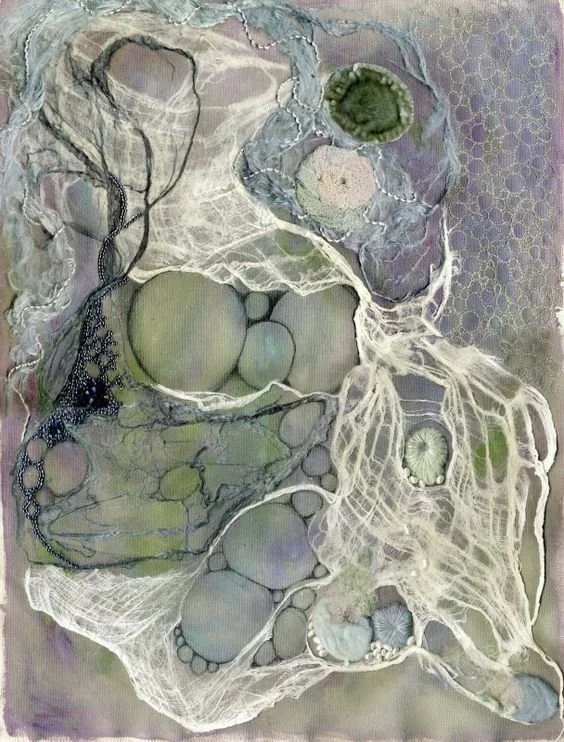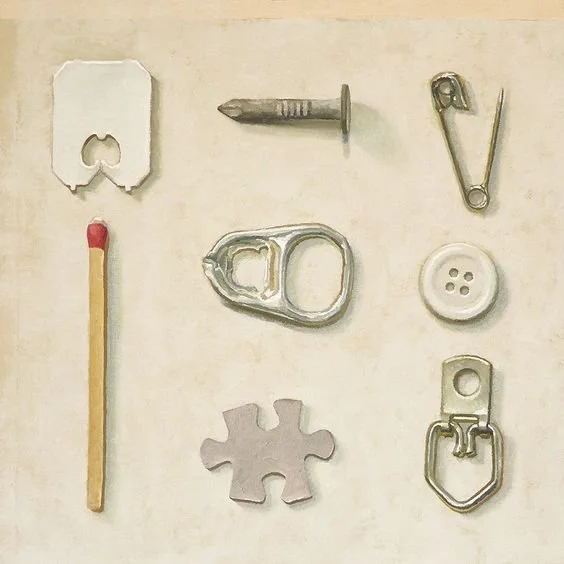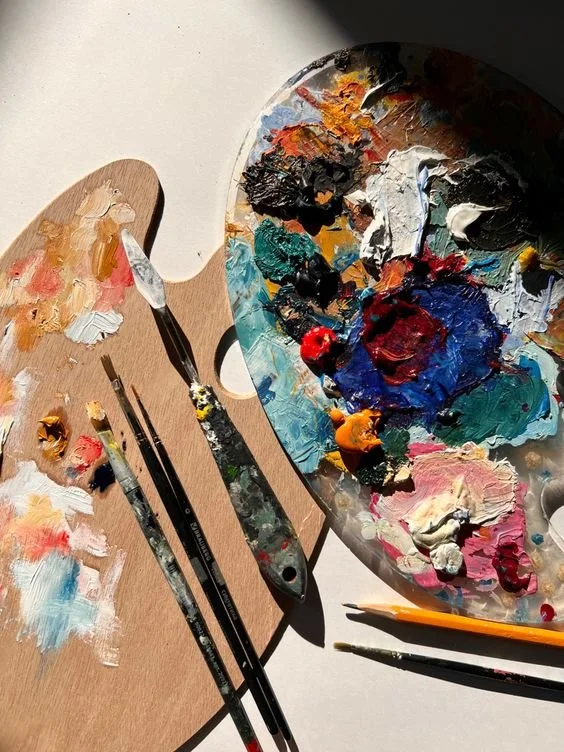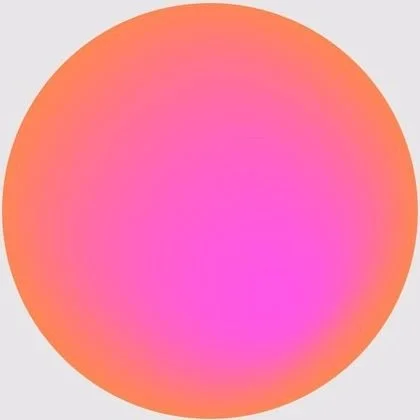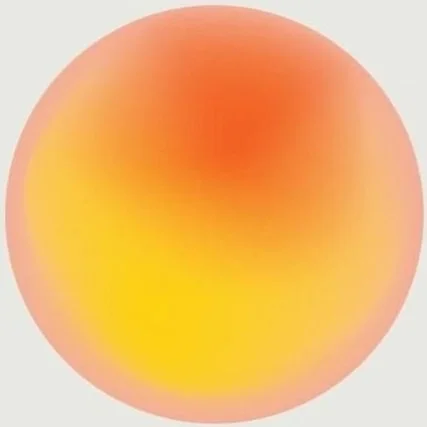I found I could say things with colour and shapes that I couldn’t say any other way – things I had no words for.
Georgia O’Keefe
In the early 1940s, the British artist Adrian Hill developed the term “art therapy” to describe the therapeutic application of creating art.
Did you know ?
Hill discovered the therapeutic benefits of image making during his recovery from tuberculosis as he started drawing and painting.
Around the same time in the United States, Margaret Naumburg, a psychologist, introduced art therapy as symbolic speech between patient and therapist.
Therapeutical art has roots in the early 20th century and emerged as a formalized therapeutic approach in the mid-20th century.
The development of this approach is attributed to several key figures and influences such as Margaret Naumburg, Edith Kramer, Adrian Hill, The Modern Art and Mental Disturbance Movement and Post-World War II Developments.
5 WH
WHY to choose it ?
Often, words feel inadequate to capture our deepest thoughts and feelings fully. The creative process becomes a medium through which individuals can communicate their inner states profoundly for a deeper understanding.
Also creating art can serve as a cathartic release, providing a tangible outlet for stress, anxiety, and pent-up emotions.
WHO is it aimed for ?
It is a versatile approach with wide-ranging applications, makes it suitable for various conditions, for various individuals of all ages and backgrounds.
WHERE should be processed an Art Therapy session ?
The sessions can take place in various settings, depending on the specific needs and preferences of the participants. The setting is paramount, providing a safe and confidential space where individuals can freely express themselves without fear of judgment. Establishing a conducive environment promotes trust, openness, and the uninhibited exploration of emotions through art.
Common locations include:
Private Practice Offices, Community Centers, Hospitals and Clinics, Schools and Educational Institutions, Rehabilitation Centers, Online Platforms, Correctional Facilities
Ultimately, the choice of location depends on the goals of the therapy, the population being served, and the resources available.
WHICH conditions commonly treated ?
Art therapy, creative mediation for social support, and therapeutic art for well-being sessions provide a beacon of hope for individuals facing a wide range of challenges. These include emotional difficulties, relationship issues, bereavement, depression, bipolar disorder, anxiety disorders (including phobias and obsessive-compulsive disorder), developmental disorders such as autism, addictions, learning disabilities, physical illnesses, post-traumatic stress disorder (PTSD), personality disorders, eating disorders, self-esteem concerns, feelings of being stuck, health challenges, and general life struggles.
At the heart of our approach is a focus on the well-being aspects of art, explored through various concepts to promote emotional balance, self-expression, and personal growth.
! It is also important to note that outcomes and expectations may vary depending on whether you participate in an art therapy session, a creative mediation session for social support, or a therapeutic art session for well-being. At 8/25, we collaborate with a diverse group of facilitators, clearly indicating their backgrounds and the level of each session to ensure an informed and tailored experience.
WHAT do different materials facilitate in the process ?
The choice of materials in art therapy is intentional, as each medium ewokes unique emotions and responses.
From the soothing nature of pastels to the tactile experience of clay, diverse materials facilitate various aspects of expression, allowing individuals to connect with their inner selves in different ways.
Here's a breakdown of how different materials facilitate specific aspects of the art therapy process:

art therapy
Structured Approach
Formalized Setting
It’s a form of psychotherapy, the primary intent is therapeutical
Professional Guidance, a licensed art therapist needed
art making is therapeutic
Creative expression
Well-being
Artistic techniques could be learned
It can be for enjoyment or to delve deeper into various concepts.
It can be a hobbie

